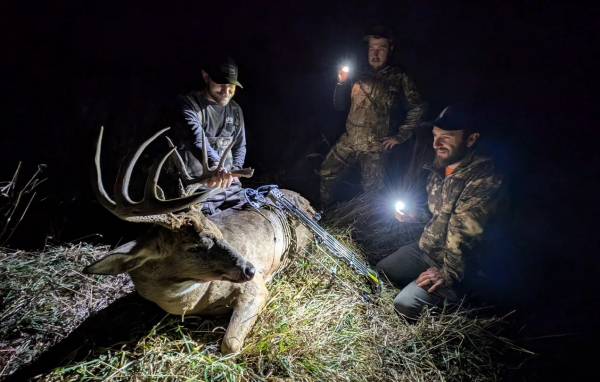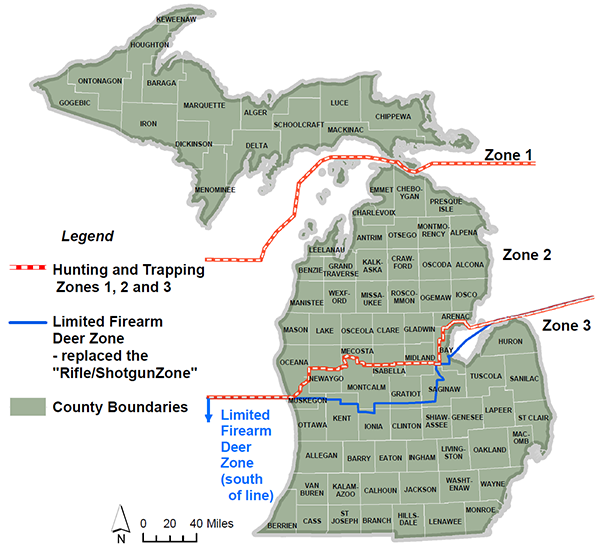Hunting while Color Blind
By Glen Wunderlich
Charlie took careful aim with his muzzleloading rifle at a December survivor buck only to witness it run off carrying its front leg. For most hunters, the process of retrieving a deer is a straightforward matter of following a blood trail; for Charlie, however, the process is problematic: He is effectively colorblind.
While serving in the U.S. Air Force, Charlie learned the extent of his malady, which was determined to be a 78-percent color deficiency. While average eyes can see all the colors in a rainbow, Charlie sees only a yellow stripe. Translated to blood tracking, what others see as bright red, he visualizes only hues that blend with ground cover. In other words, following a blood trail is impossible for him.
At an early age, he archery hunted deer in Cadillac, Michigan with his uncle. During his military career, while stationed in Washington State, Charlie honed his skills with a rifle and learned to be an excellent shot. His talent transferred to the deer woods and the necessity of making perfect, drop-dead shots was his only means to put venison in the freezer. To Charlie, it was accuracy or nothing. And, for a man who had decided to fish and hunt in an effort to avoid supermarket mystery meat, hunting and fishing had become much more than sport; it was his chosen, spiritual lifestyle and a nutritious way to feed his family of three.
Since he couldn’t hunt by “color”, he developed a sense to see movement and shapes in the wild – often before typically sighted hunters see deer. He explains further that color-blind troops would be chosen for night-watch duty in World War II, because of the keenness of their eyes to detect movement or anything out of place with no regard to color. However, for Charlie, it means that without help being available, he does not hunt unless it’s during an afternoon session. Interestingly, and by accident, he discovered that a green light will show him blood at night clearly, because it stands out as the only thing black on the ground.
But, this time Charlie was hunting in the morning and that’s when the call came in to his work associate, Joe, my friend, who was with me at the time. We promptly headed to southern Shiawassee County with Joe’s aging chocolate Labrador, Cocoa, to assist in the tracking chores.
Charlie hadn’t found any blood but he had a good view of the deer’s direction, as it disappeared. Soon we located the trail but Cocoa showed no interest in the chore she once found exciting; we were on our own.
The sporadic trail of blood finally vanished and we resorted to visually checking the cover of a swamp and surrounding habitat. Nothing. Hours had passed, and dejected, we headed out of the woods together.
Then, Charlie piped up, “Hey! Over there!” It was the unmistakable white belly hair of a deer 40 yards away. Charlie could not believe his eyes and thought out loud, “Is it dead?” He cautiously prodded the 7-point buck with his gun’s muzzle to confirm that his success was real.
Together, we ran the gamut from despair to elation in 30 seconds. And, long after the tasty venison has been consumed, the lesson in persistence and teamwork will remain.








